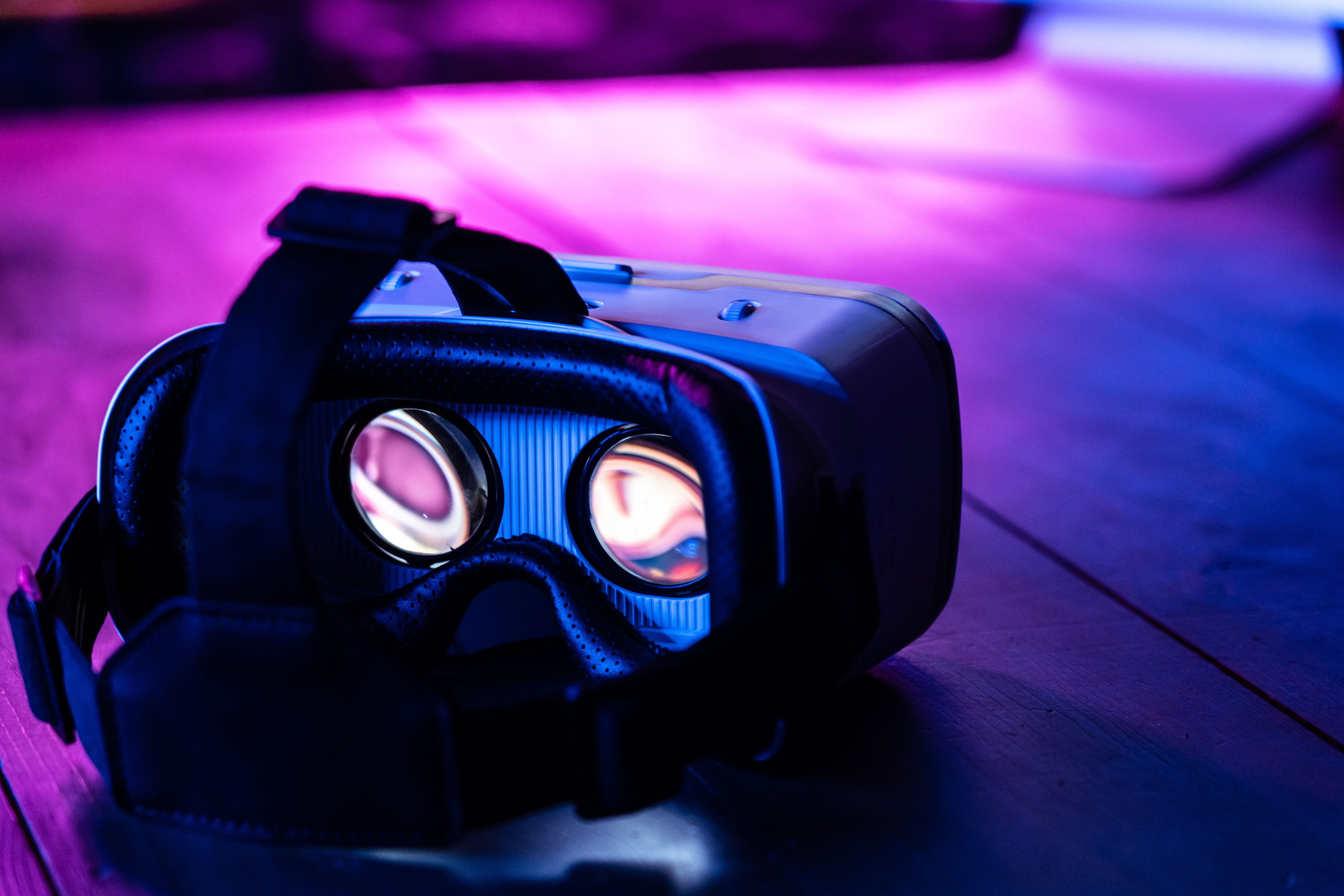LONDON, 26 July, 2022 – Display shipments for applications featuring near-eye displays are expected to reach 25.3 million units in 2022, up 73.8% year-over-year (YoY), before reaching 139 million units in 2028, based on Omdia’s latest Near Eye Display for XR Application Report - 2022.
Omdia sees three main influencers behind this growth. Firstly, sales of XR (including AR, VR and MR) end devices are growing due to increasing gaming, industrial, medical and commercial demand; secondly, brands are preferring to adopt a dual-display design to replace the original single-display design and improving users’ visual experiences and thirdly, the well-established ecosystem from brands like Metaverse, Apple and their multiple device screen strategy .
Omdia expects revenue growth to peak in 2023 primarily because more brands are expected to adopt OLED on silicon (OLEDoS) for near-eye devices in 2023 with higher unit prices.
VR displays can be either single- or dual-display. The requirements for VR displays include higher resolution to achieve higher pixels per degree (PPD) and a lower screen-door effect.
Kimi Lin, Senior Research Analyst, said: “ Popular TFT LCD and AMOLED displays used for smartphones are also applicable to VR devices. The VR display supply chain is mature because popular TFT-based LCD or AMOLED displays are widely used and panel makers are already established, including Japan Display Inc. (JDI), Sharp Corp., Samsung Display, AUO, BOE Technology, Innolux Corp., China Star, and Sony. Presently, more brands are increasingly trying to use OLEDoS for VR applications to enable better visual effects. “
OLEDoS can be used for both VR and AR applications and provide better visual performance than AMOLED and LTPS LCD displays in VR applications. Companies like Kopin, eMagin and Sony are leading the industry while OLEDoS has attracted the attention of and investment from many Chinese companies such as BOE, SeeYa, Olightek, and Sidtek with the up to the end of 2021 total investment has been $4.5 billion.
More insights
Assess the marketplace with our extensive insights collection.
More insightsHear from analysts
When you partner with Omdia, you gain access to our highly rated Ask An Analyst service.
Hear from analystsOmdia Newsroom
Read the latest press releases from Omdia.
Omdia NewsroomSolutions
Leverage unique access to market leading analysts and profit from their deep industry expertise.
Solutions

